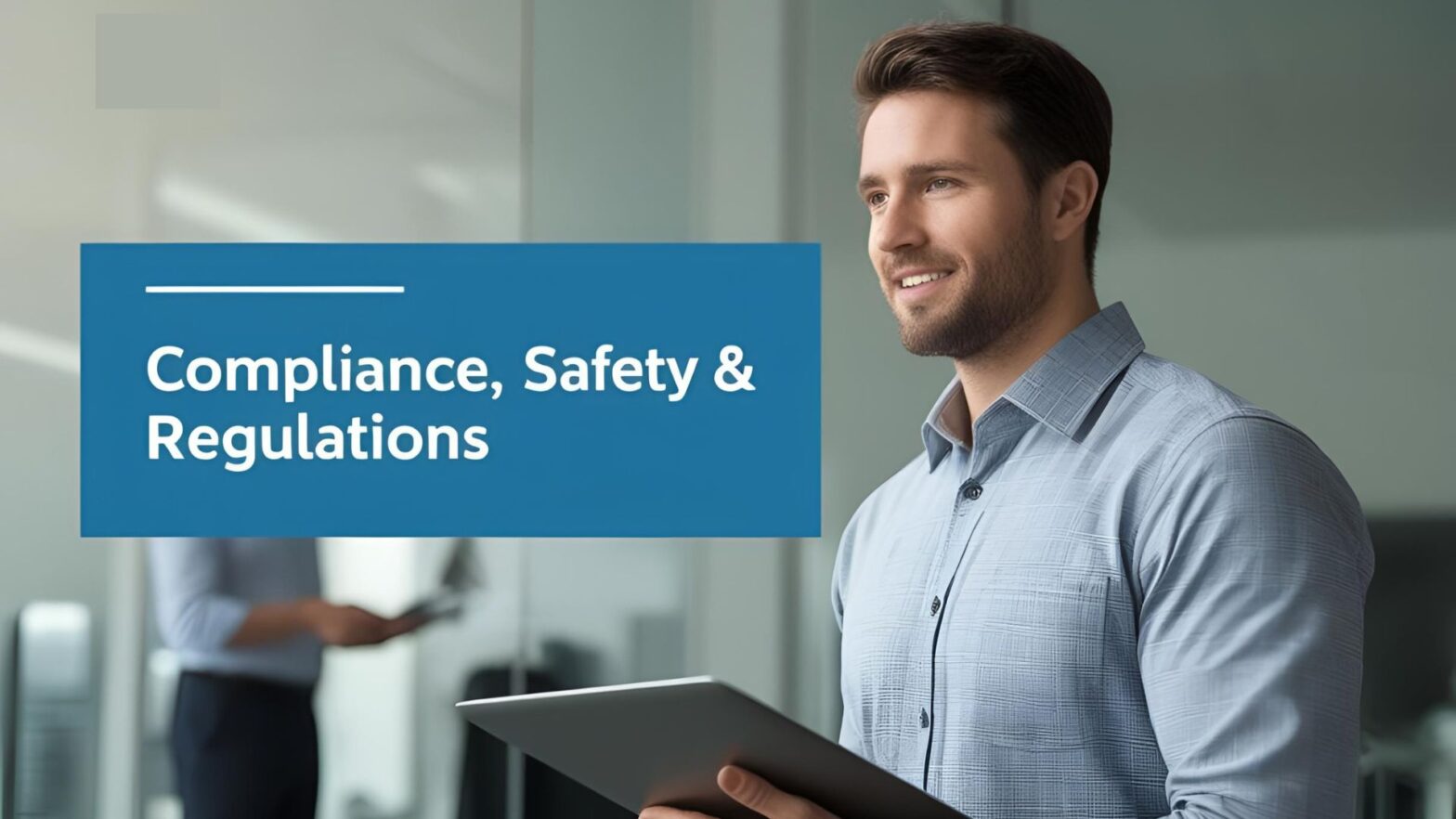Elevated storage areas are common in warehouses, manufacturing facilities, and distribution centers—but they also pose serious fall hazards if not properly secured. Regulatory compliance and employee safety go hand in hand, and auditors play a critical role in ensuring that fall protection standards are met consistently.
If your facility includes elevated storage areas, it’s essential to understand what auditors typically check during inspections. Here’s what they focus on when reviewing fall protection standards.
- Guardrails and Edge Protection
Auditors first check for compliant guardrails or edge protection. According to OSHA and other regulatory guidelines, elevated platforms over 4 feet (1.2 meters) above the ground must be protected with guardrails. Auditors assess whether:
Guardrails meet height and strength requirements
Top rails, midrails, and toe boards are in place and properly installed
Materials used are durable and in good condition
There are no missing or damaged sections that could compromise safety
- Access Points and Gates
Where ladders or stairs lead to elevated storage areas, auditors will inspect the access points. Self-closing safety gates are often required to prevent accidental falls. Key checks include:
Whether gates close automatically and latch properly
That access points don’t create unguarded openings
That stairs or ladders are stable, well-maintained, and meet safety codes
- Fall Arrest Systems (If Applicable)
In areas where guardrails are not feasible, fall arrest systems are necessary. Auditors will evaluate:
The use of personal fall arrest systems (PFAS), including harnesses, lanyards, and anchors
Whether anchor points are certified and correctly rated
Training records showing employees are trained in using PFAS
Documentation of inspections and maintenance of fall protection gear
- Load Ratings and Signage
Fall risks often increase when elevated storage areas are overloaded or improperly used. Auditors will verify:
Clearly posted load rating signage
That loads are evenly distributed and within the platform’s capacity
That the structure has not been modified without engineering approval
- Employee Training and Compliance Records
Proper training is a cornerstone of fall protection. Auditors will ask to see:
Fall protection training documentation for employees accessing elevated areas
Written safety procedures and emergency response plans
Records of periodic fall protection system inspections
- Housekeeping and Storage Practices
Clutter and disorganized materials increase the risk of trips and falls. Auditors will check that:
Walkways and platforms are free from debris and obstructions
Stored materials are secured and not hanging over edges
Safety zones and visual markings are clearly defined
Final Thoughts
Auditors are not just looking for check-the-box compliance—they want to see that your facility has a proactive safety culture. Regular internal inspections, employee training, and up-to-date fall protection systems go a long way in ensuring that elevated storage areas are safe and compliant.
By understanding what auditors look for, your team can stay prepared and reduce the risk of costly violations or workplace injuries.




